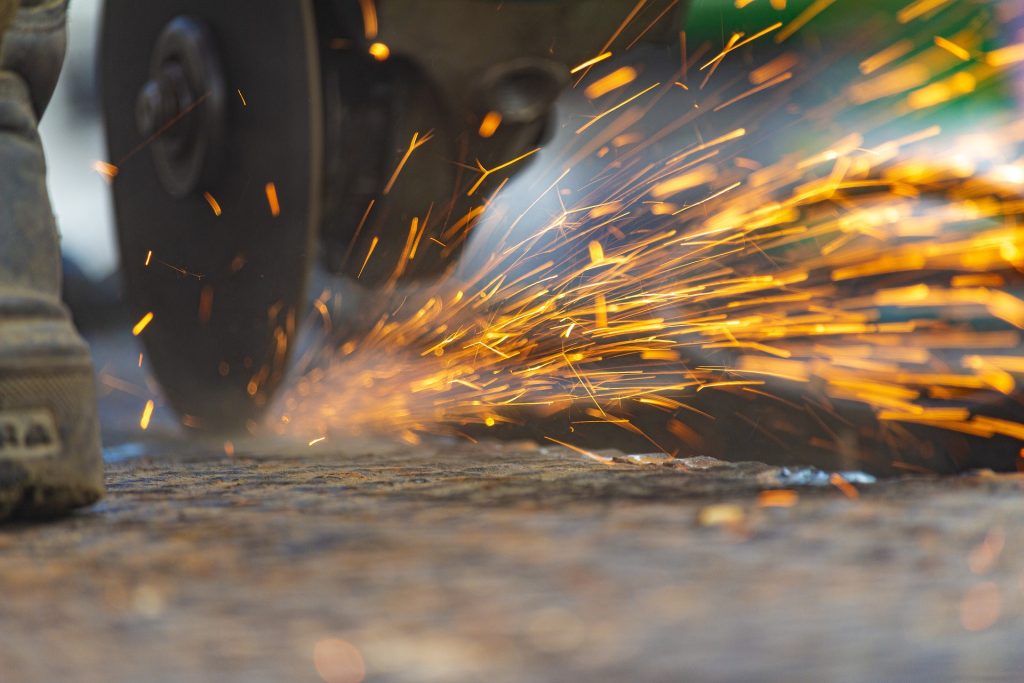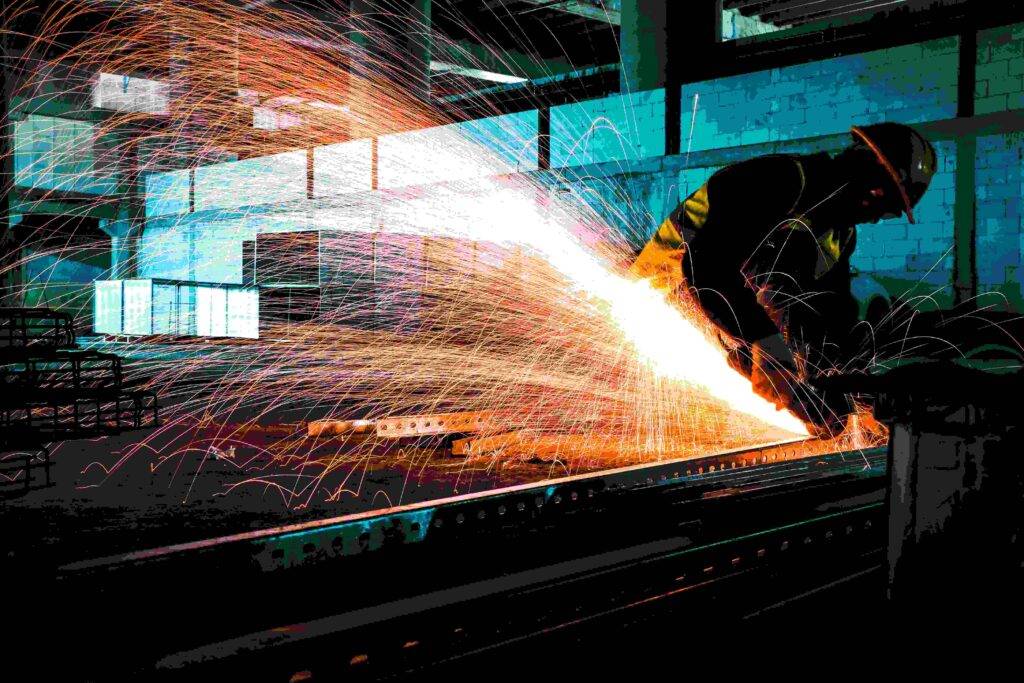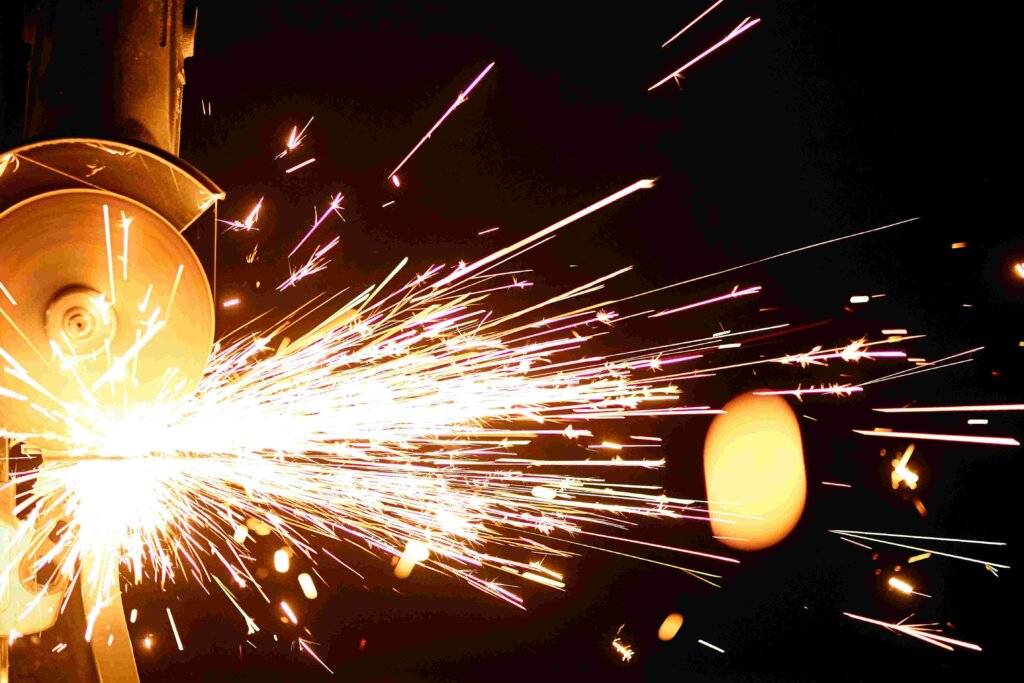How to avoid serious burn ? Lets check. A worker used an angle grinder to cut off the lid of a 1,000-litre plastic IBC when chemical fumes ignited, causing severe burns.
On April 4, 2023, a security incident occurred at the Northparkes Mine Processing Plant. The NSW Resources Regulator has launched an investigation to determine the cause and circumstances of the incident.
The contractors were performing maintenance on the mine’s processing plant as part of a planned shutdown. To facilitate waste disposal from the processing plant, workers obtained what they thought were empty IBCs from a nearby warehouse and cut off the top of the container so it could be used as a trash can.
A forklift operator retrieved a 1,000 liter plastic IBC supported by an external aluminum cage from a nearby warehouse and placed it in an open space outside the factory.
It hadn’t been cut and looked hollow. IBC had a label stating the product stored there was Fisherchem C503, a caustic alkaline liquid used as a flotation reagent.
The product is classified as dangerous goods and a hazardous chemical according to the Globally Harmonized System of Classification and Labeling of Chemicals (GHS).
The product label contained GHS pictograms indicating that the product is environmentally hazardous and corrosive. A maintenance crane operator was given an angle grinder and began cutting off the top of the IBC.
Shortly thereafter, workers in the area reported a puff of air and a loud bang and noticed a worker lying on the ground a few meters from the IBC. The angle grinder used by the worker was also lying on the ground a short distance from him.
The worker tore off his smoking shirt. Several nearby workers stripped off the worker’s shirt and called for help. Rescuers saw the worker suffer burns to his hands and face and administered first aid before the worker was taken to the hospital for special burn treatment.
How to avoid serious burn while using angle grinder
Safety recommendations for mine operators and contractors include:
Implementing a hot work permit system that requires identification and control of all potential hazards associated with cutting containers and identification and control of all hazards (including physical or chemical reactions) of drums related with the use, handling and storage of hazardous chemicals considering SDS to ensure that containers previously used for the handling and storage of chemicals are properly cleaned and free of such chemicals (including residues and vapors) when they no longer used for this purpose.
Tips to avoid burning
Angle grinders are powerful tools that can cause serious injury if not used properly. Here are some tips to avoid serious burns while using an angle grinder:
Wear protective clothing: Make sure to wear protective clothing, such as long-sleeved shirts, pants, gloves, and safety glasses. This will help to prevent burns from hot sparks and debris.
Use the right disc: Choose the right type of disc for your angle grinder, and make sure it is designed for the material you are cutting or grinding. Using the wrong disc can cause it to break and potentially cause serious injury.
Keep the grinder moving: Do not hold the angle grinder in one place for too long as this can cause it to overheat and create more sparks, which can lead to burns.
Watch the sparks: Be aware of the direction and intensity of the sparks created by the angle grinder. This will help you to avoid standing in the path of hot sparks.
Use a steady grip: Use a steady grip on the angle grinder and maintain control over the tool at all times. This will help to prevent the grinder from slipping and causing burns.
Take breaks: Take frequent breaks to avoid fatigue, which can lead to decreased control over the angle grinder and increased risk of burns.
By following these tips, you can reduce your risk of serious burns while using an angle grinder. However, if you are not experienced with power tools, it is always a good idea to seek the guidance of a professional before using an angle grinder.



